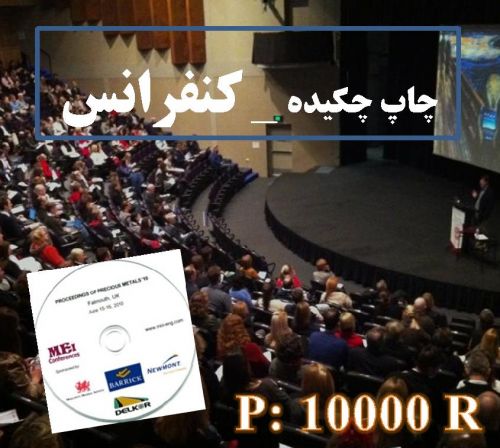Inevitable presence of volatile organic compounds (VOCs) in indoor environment and their adverse impact on human health have encouraged the development of effective methods for air purification. Although air filtration has been widely used for cleaning air, VOCs are adsorbed on filtration media (e.g. activated carbon fiber) but not decomposed. Adsorbed VOCs can be reemitted from the media to air when the adsorbents are saturated. Among these technologies, photocatalytic oxidation (PCO) is regarded as one of the most promising methods and has been the focus of many research works because this can achieve the complete degradation of VOCs into harmless carbon dioxide and water. Among various photocatalysts, titanium dioxide (TiO2) is the most investigated photocatalyst because of its abundance, low material cost, chemical and photochemical stability, and strong photooxidative power. However, some by-products such as carbon monoxide (CO) can be released through the gradual oxidation of the initial pollutant during PCO process. To prevent photocatalysts from being deactivated during VOC degradation, it is important to hinder either the formation of intermediates or the accumulation of carbonaceous deposits on the surface of photocatalyst. The TiO2 modification via hetero-junction with other metals (e.g. Pt) may result in the suppression of CO formation and a substantial decrease in the final hazard. In the recent investigations, dual-components modified TiO2 with surface fluorination and platinization has exhibited higher resistance against the catalyst surface deactivation than other photocatalysts. The results of these studies are also included in this review. In overall, growing need for indoor air purification provides opportunities for further development of PCO in the indoor environment and a research direction relevant to this field.
کلید واژگان :photocatalysts, indoor environment, volatile organic compounds,
ارزش ریالی : 200000 ریال
با پرداخت الکترونیک
جزئیات مقاله
- کد شناسه : 7154195302396148
- سال انتشار : 2018
- نوع مقاله : چکیده مقاله پذیرفته شده در کنفرانس ها(فایل کامل مقاله بارگزاری گردد)
- زبان : انگلیسی
- محل پذیرش : World Congress and Expo on Recycling
- برگزار کنندگان : Meetings International PTE Ltd
- تاریخ ثبت : 1397/08/20 19:47:03
- ثبت کننده : سید حامد مهدویانی
- تعداد بازدید : 273
- تعداد فروش : 0
